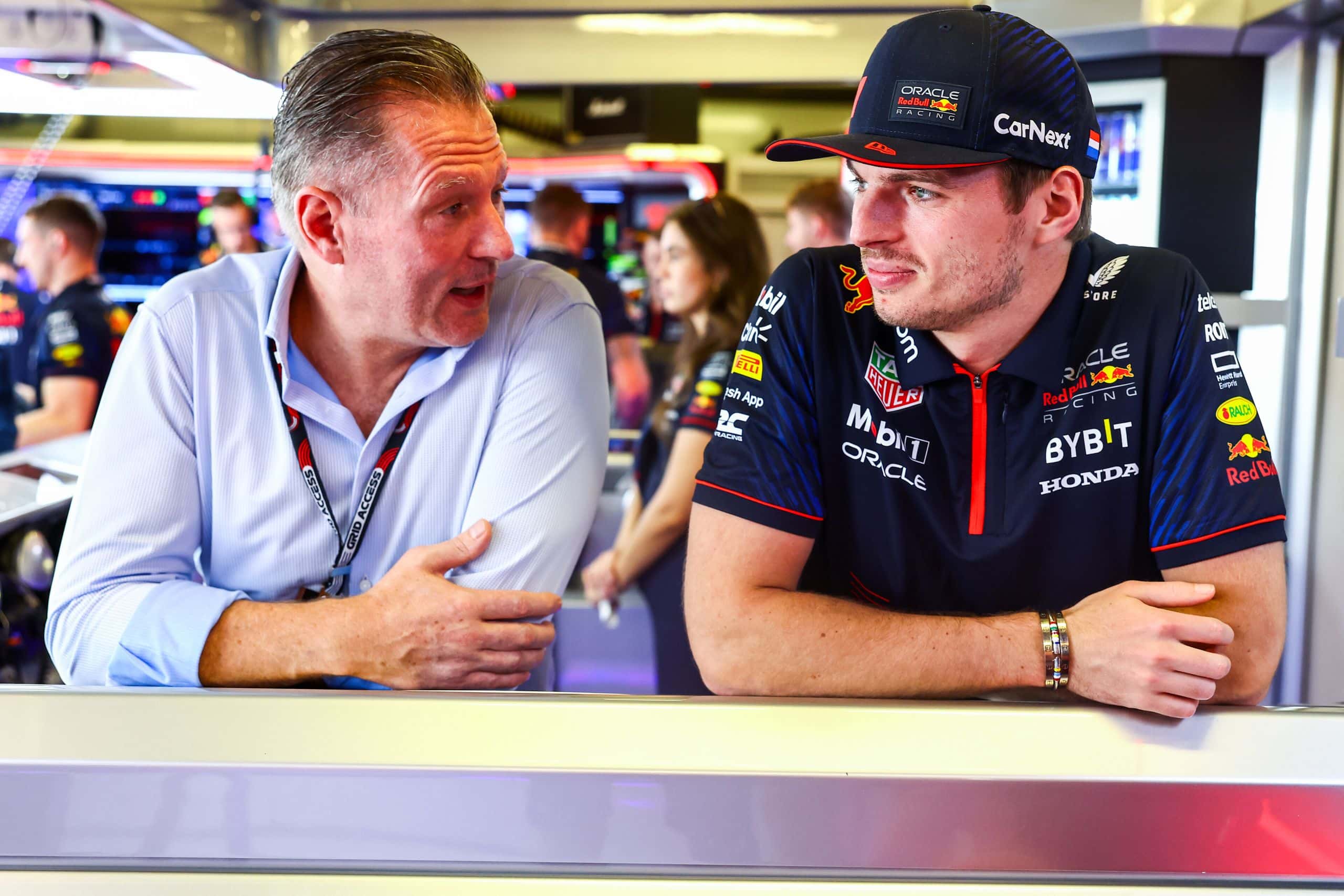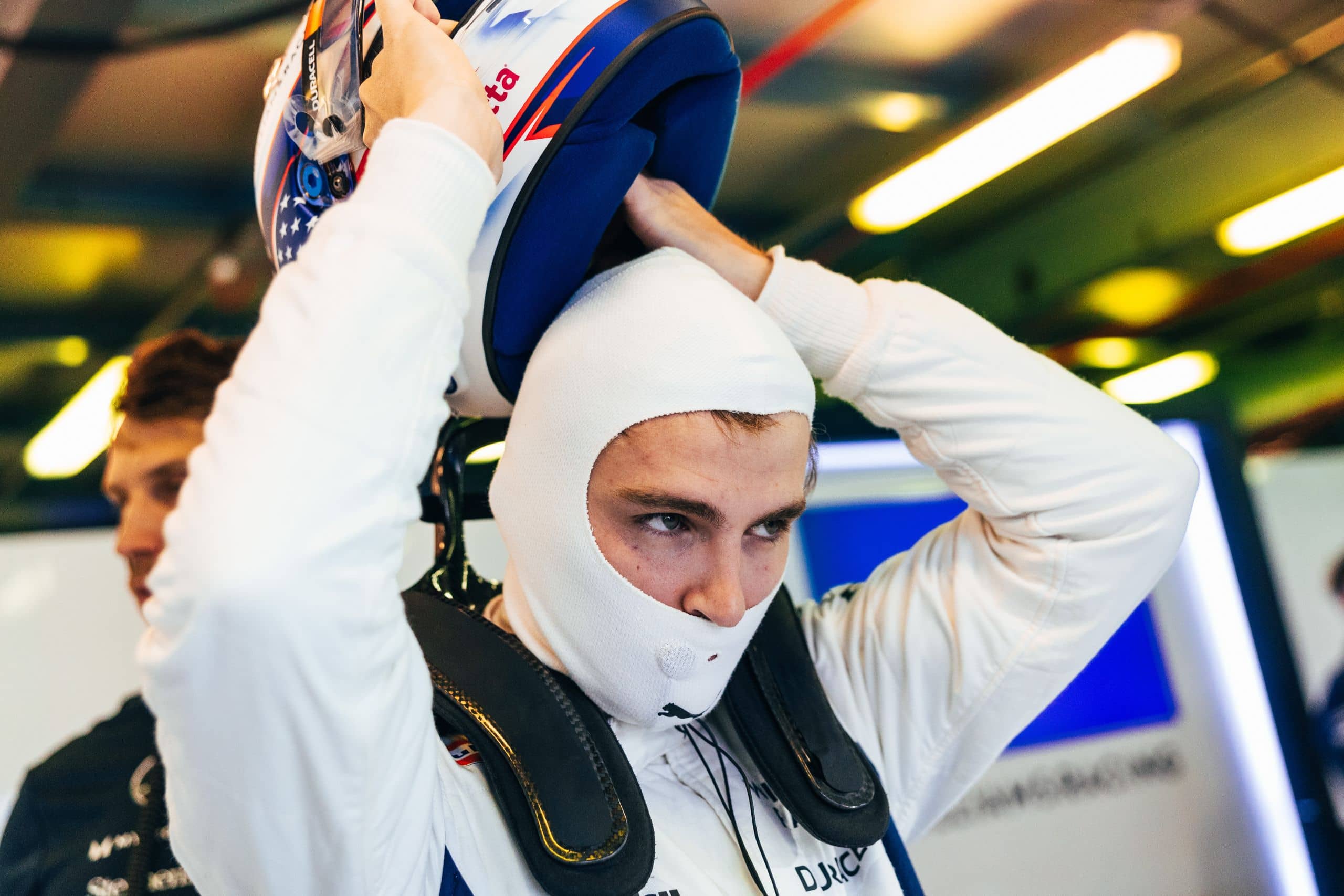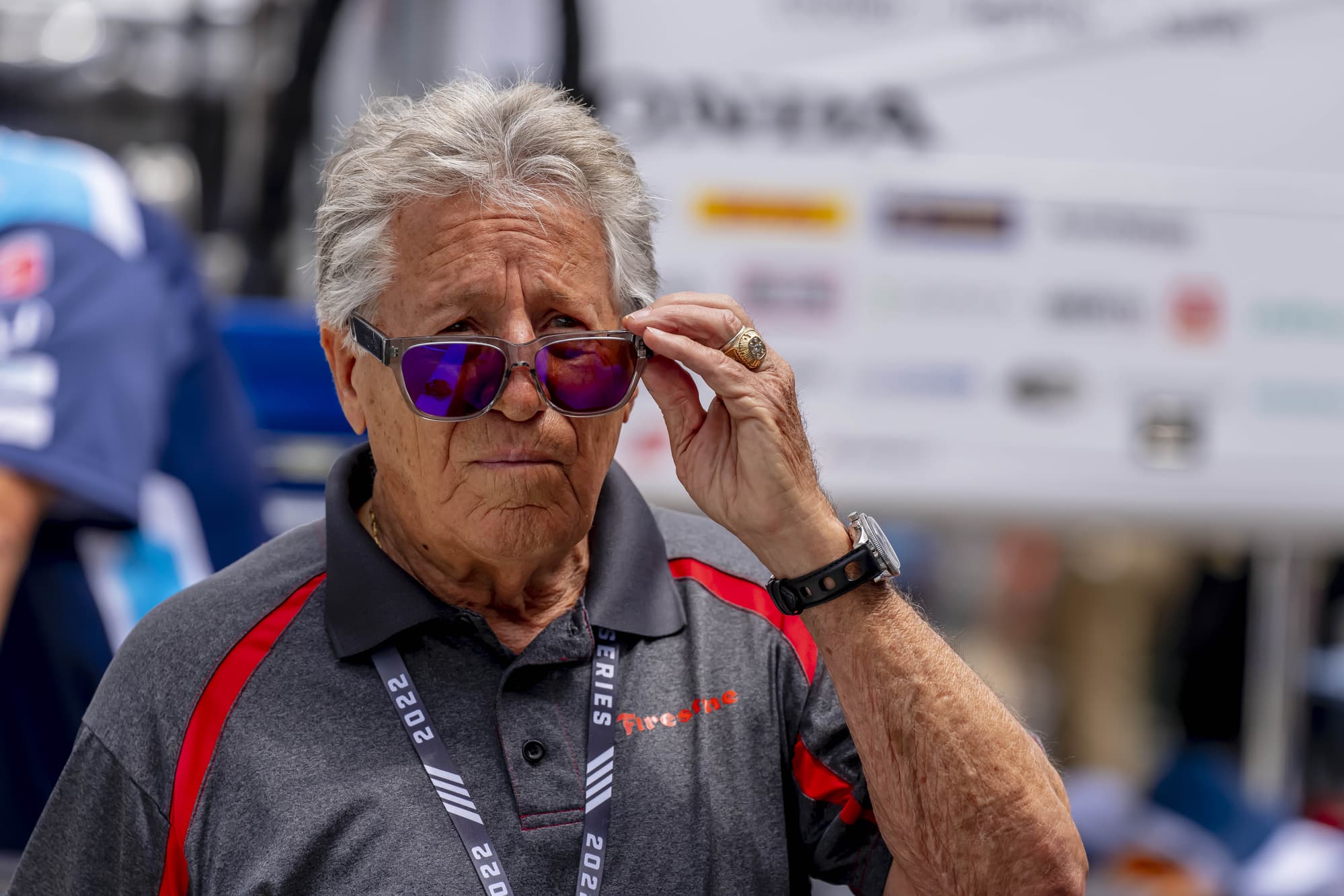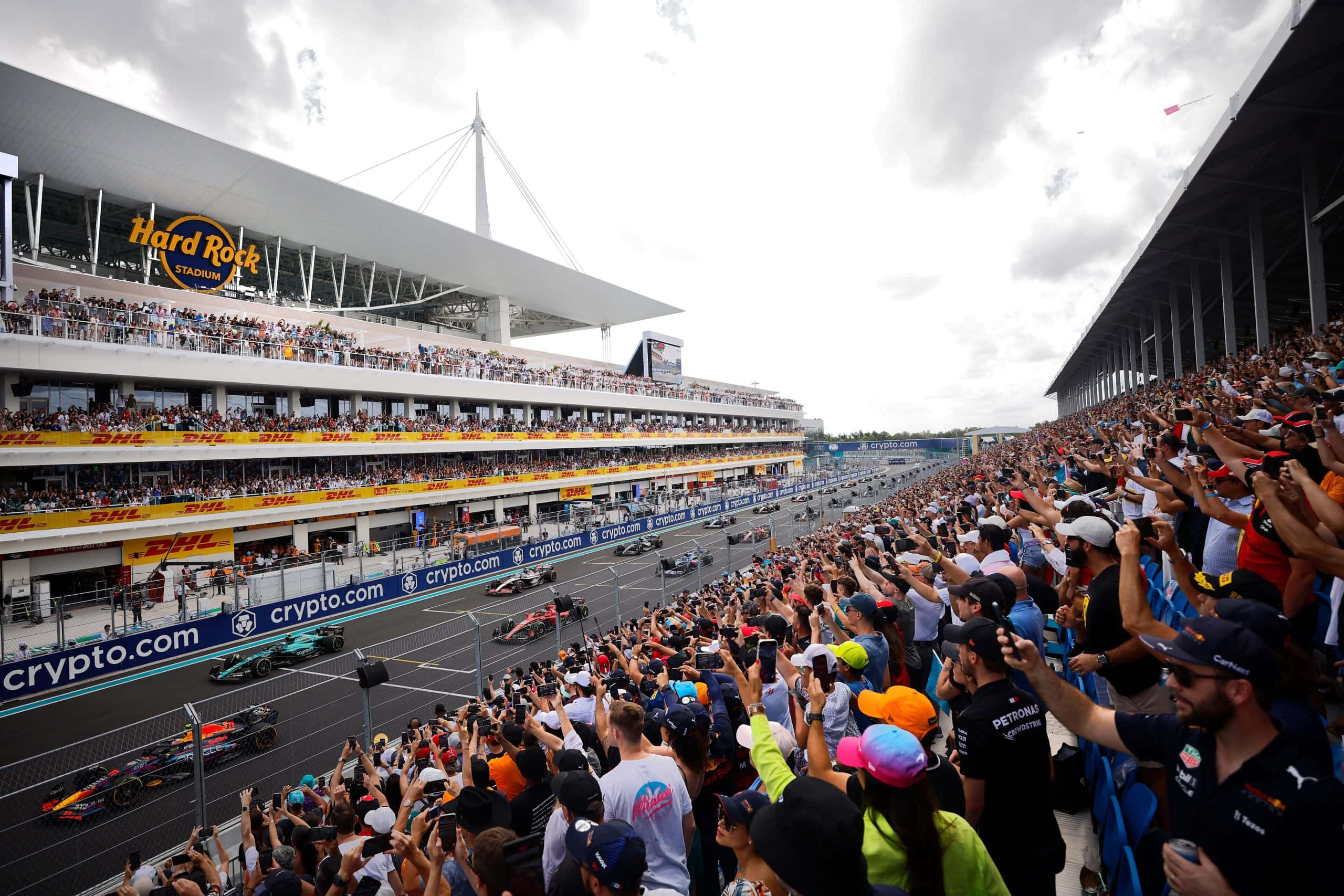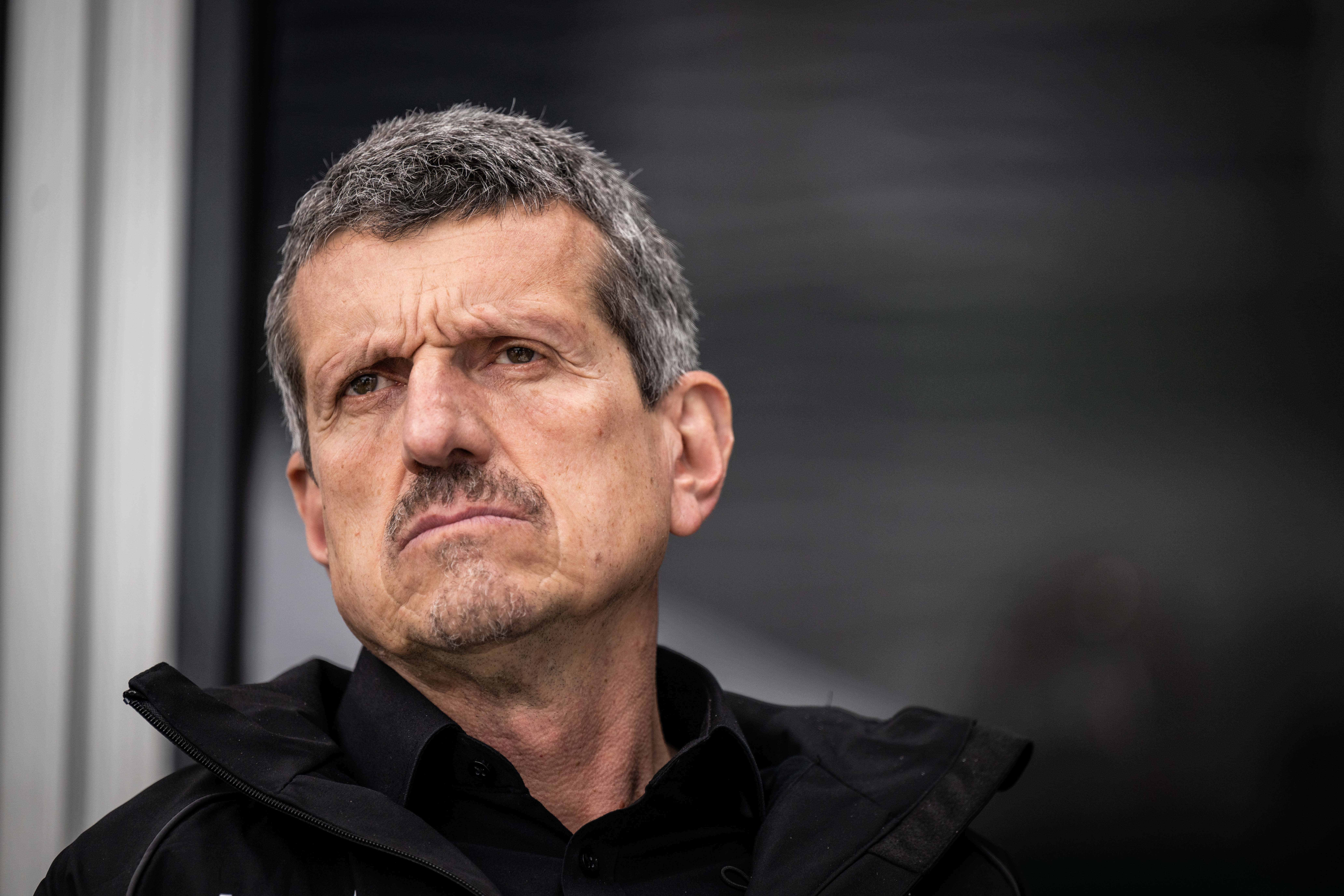What F1 Tracks Can You Drive On?
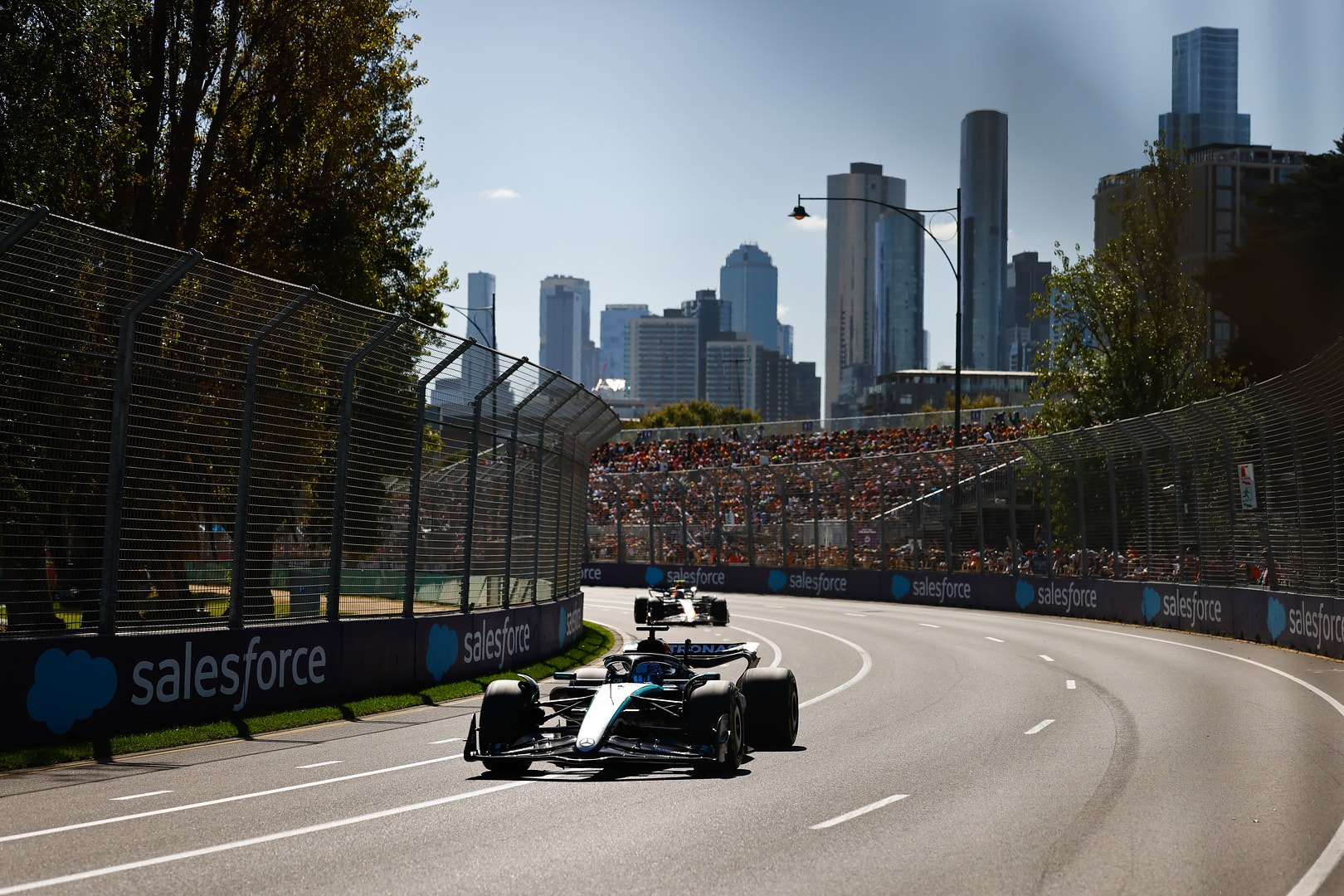
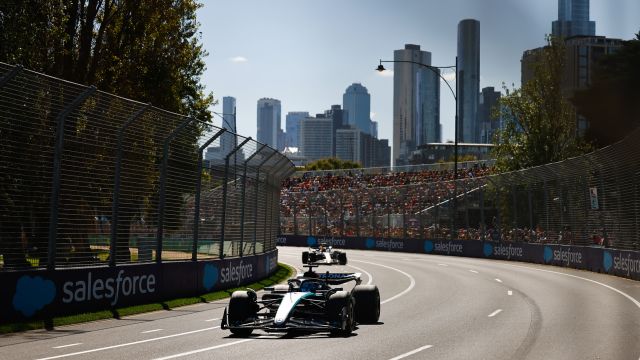
Formula 1 racing is a high-speed, adrenaline-pumping sport that captures the imagination of millions worldwide. At the heart of this thrilling experience are the iconic tracks that have played host to countless memorable races and legendary moments. For fans who dream of taking to these circuits themselves, there are options available to drive on some of the world’s most famous F1 tracks.
Certainly, not all Formula 1 circuits are accessible for public driving experiences; however, a select few offer the chance to get behind the wheel of a real race car and push it to its limits. From historic tracks that have stood the test of time to newer additions on the Grand Prix calendar, these opportunities provide an intimate and unforgettable taste of life in the fast lane.
As you might expect, the key characteristics of F1 tracks include tight corners, unforgiving barriers, and high-speed straights that test the skill and mettle of the world’s best drivers. By stepping into their shoes for a brief but exhilarating drive, fans have the opportunity to appreciate the physical and mental demands of Formula 1 and forge a deeper connection with the sport they love.
Key Takeaways
- A select few F1 tracks offer public driving experiences
- Driving on historic and newer circuits provides a deeper connection with the sport
- F1 tracks challenge drivers with tight corners, barriers, and high-speed sections
Accessible F1 Tracks for Public
Formula 1 race enthusiasts can get closer to the action than ever by driving on some of the world’s most iconic tracks. City street circuits offer the possibility to experience the asphalt raced on by some of the greatest drivers in history while enjoying the remarkable surroundings these tracks offer. This article explores accessible F1 tracks around the world that are open to the public.
Racing Schools and Experiences
Some tracks offer driving experiences that allow motorsports fans to drive a real Formula 1 car or at least replicate the thrill by driving powerful sports cars. One such example is the Marina Bay Street Circuit in Singapore, which offers a variety of special experiences including sportscar rentals. The Marina Bay Circuit is also home to F1’s first-ever night race, so driving at night adds to the magic.
Public Race Circuits
Several F1 tracks are designed on public roads, allowing drivers to experience these circuits firsthand, albeit at slower speeds. Here’s a list of some public racetracks you can drive on:
- Albert Park, Melbourne Australia: Melbourne’s famous Albert Park circuit is open to public access for 9 months of the year, with F1 and other sporting events using it for the remaining 3 months. The circuit provides a scenic experience of the city and lake.
- Baku City Circuit, Baku Azerbaijan: This street circuit covers 3.7 miles per lap around the beautiful city of Baku, by the Caspian Sea and numerous landmarks.
- Circuit de Monaco, Monte Carlo Monaco: Monaco’s iconic street circuit is accessible to drivers throughout the year, allowing for a luxurious driving experience amongst yachts, high-end apartments, and designer boutiques.
- Circuit Gilles Villeneuve, Montreal Canada: Part of the Parc Jean-Drapeau, this circuit offers a stunning experience and is open throughout the year, except for the two weeks during which F1 teams base themselves there, typically in early June.
- Jeddah Corniche Circuit, Jeddah Saudi Arabia: The second-longest and newest circuit in F1, Jeddah Corniche circuit has some elements accessible for public driving, located along the banks of the Red Sea.
- Las Vegas Street Circuit, Las Vegas USA: Set to be raced for the first time in 2023, the Las Vegas circuit features famous hotels, casinos, and attractions along its path.
When driving on these public race circuits, it’s essential to remember the local speed limits and exercise caution while experiencing the thrill of treading on the same grounds as the world’s greatest racers.
Characteristics of F1 Tracks
Formula 1 tracks are designed with precision and care, ensuring they provide exciting and challenging racing experiences. They have certain characteristics that separate them from other racing circuits. This section will discuss two major aspects of F1 tracks: circuit types and specific track features.
Circuit Types
There are mainly two types of F1 circuits: high-downforce tracks and power tracks. High-downforce tracks require a greater amount of aerodynamic grip, as they consist of more corners and twists. Examples include the Circuit de Monaco and the Hungaroring, where braking, cornering, and handling are crucial.
On the other hand, power tracks have longer straights and faster corners, emphasizing engine power and top speeds. Drivers can achieve higher speeds at tracks like Monza and Spa-Francorchamps, where maximum acceleration and minimum air resistance play a significant role.
Specific Track Features
F1 tracks consist of various components that contribute to their unique characteristics:
- Track dimensions: F1 circuits have a minimum length of 3.5 km and a maximum length of 7 km. The width of the tracks varies, but the minimum is 12 meters.
- Corners: The number and type of corners on an F1 track greatly influence a car’s performance in terms of aerodynamics, suspension, and tire management. Corners can be categorized as slow, medium, or fast, and can be either tight or sweeping turns.
- Straights: Straights allow cars to reach top speeds, offering overtaking opportunities for drivers. The length of straights varies from circuit to circuit, with some tracks having longer straights than others.
- Laps: The total number of laps in an F1 race depends on the circuit’s length, with most races running between 50 and 70 laps. This ensures that the race distance is approximately 305 km, except for the Monaco Grand Prix, which is shorter at around 260 km.
- Pitlane: The pitlane is a crucial area where teams perform tire changes, refuel the car (only during specific periods in F1 history), and make adjustments in strategy. It is located parallel to the main straight and consists of a speed-limited lane and dedicated pit boxes for each team.
- Banking: Some F1 tracks incorporate banked sections, where the track surface is angled and sloped. Banking can increase cornering speeds and create additional challenges for car setup and tire management.
Each F1 track is unique, requiring drivers and teams to adapt their strategies and car setups to best suit the specific characteristics of each circuit.
Historic F1 Tracks
Iconic European Tracks
The European continent has hosted numerous iconic Formula 1 tracks throughout its history. The Circuit de Monaco is a legendary street circuit in Monte Carlo, which has been challenging drivers since 1929. The narrow, winding roads and tight corners make it one of the most exciting races on the F1 calendar. Similarly, Monza, located in Italy, is one of the most famous circuits in the sport, having hosted races since 1922. Other notable European tracks include Belgium’s Spa-Francorchamps, Austria’s Red Bull Ring, and France’s Paul Ricard Circuit.
Classic American Circuits
The Americas have also seen some memorable Formula 1 tracks. The Circuit Gilles Villeneuve in Montreal, Canada, is a fantastic street circuit named in honor of the legendary Canadian driver. In the United States, the Circuit of the Americas in Texas and the historic Watkins Glen International in New York have hosted F1 races. South America has also played a key role in F1 history, with the Autódromo José Carlos Pace in Brazil providing countless thrilling races since 1973.
Memorable Asian Tracks
Formula 1’s expansion into Asia has seen a number of unforgettable tracks emerge. The Marina Bay Street Circuit in Singapore is famous for its stunning nighttime races. In China, the Shanghai International Circuit has been hosting races since 2004. Other memorable Asian circuits include the Sochi Autodrom in Russia, the Baku City Circuit in Azerbaijan, and Japan’s iconic Suzuka Circuit.
While many historic F1 tracks are reserved for professional racing events, certain circuits, like Circuit de Barcelona-Catalunya in Spain and Hockenheimring in Germany, offer track days for fans to experience these legendary racetracks firsthand. Explore the rich history of Formula 1 and immerse yourself in the world of motorsport by visiting these iconic locations.

